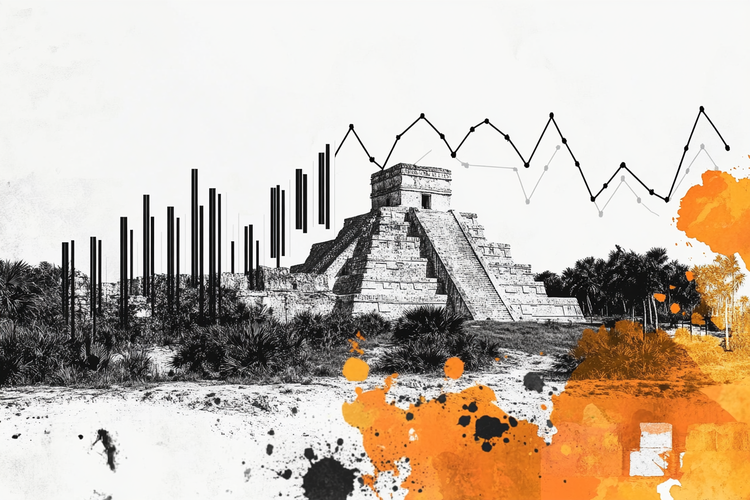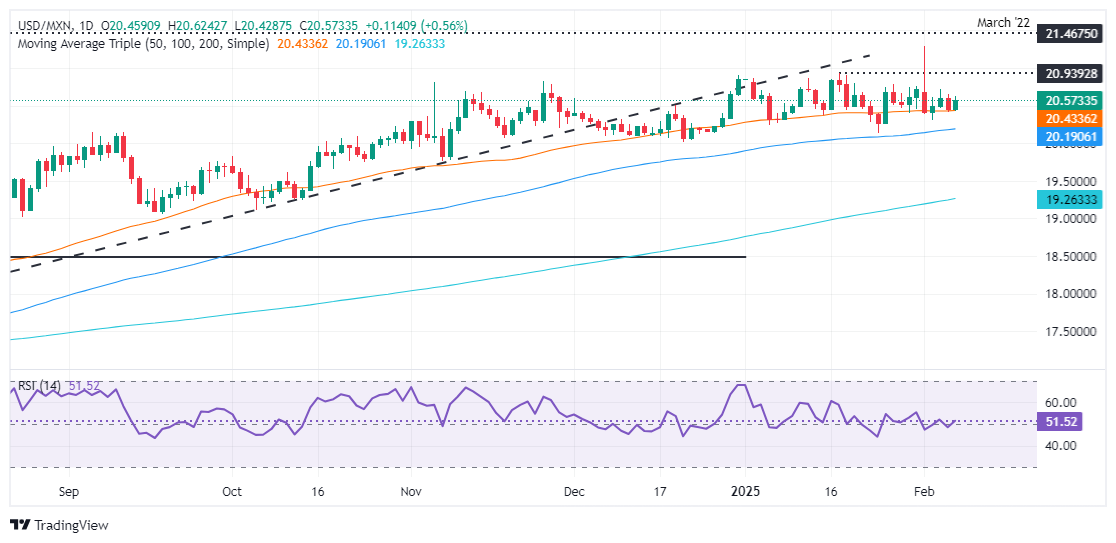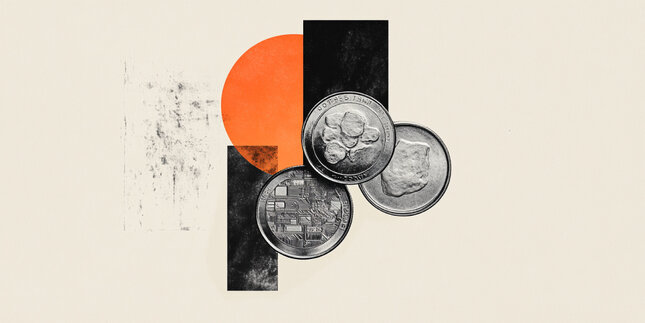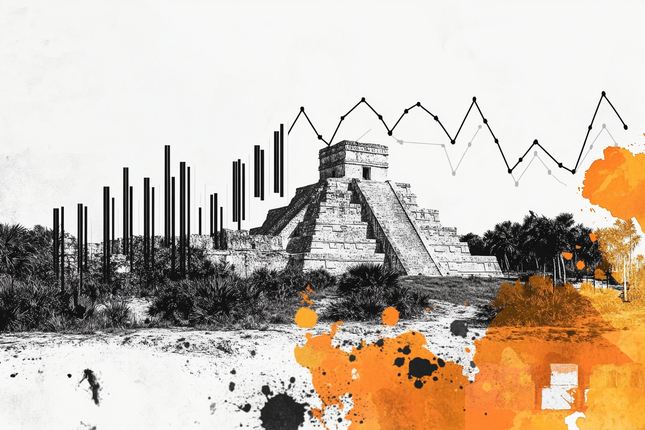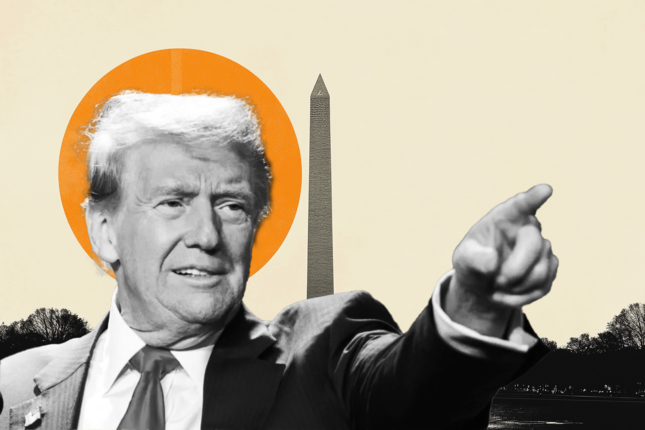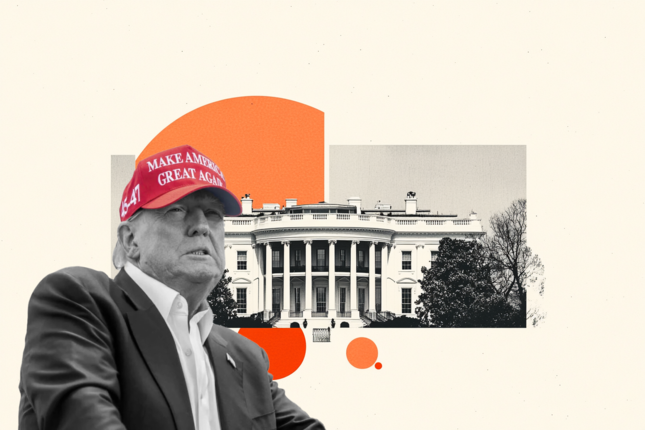Mexican Peso tumbles as inflation approaches Banxico’s goal
- Mexican Peso treads water as inflation figures hint at further easing by Banxico.
- Despite US payrolls falling short, a lower unemployment rate boosts the USD against the Peso.
- Interest rate forecasts suggest further easing in Mexico, with the Fed maintaining a cautious outlook for 2025.
The Mexican Peso (MXN) reversed its course and depreciated against the Greenback on Friday after inflation data in Mexico justified the 50 basis points interest rate cut by Banco de Mexico (Banxico) on Thursday. In the United States (US), job data was mixed, as payrolls missed the mark but the Unemployment Rate edged lower. The USD/MXN trades at 20.60, up 0.86%.
Inflation in Mexico edged lower in January, exceeding estimates revealed by the Instituto Nacional de Estadistica Geografia e Informatica (INEGI). Headline and core inflation remained within the Banxico 3% plus or minus 1% range, and improved compared to the latest report, opening the door for further easing by the Mexican central bank.
On Thursday, Banxico lowered borrowing costs from 10% to 9.50% and hinted that it could lower rates by the same magnitude in further meetings. Banxico’s officials added that inflation would converge to 3% in the third quarter of 2026.
The USD/MXN pair extended its gains after the release of the last US Nonfarm Payrolls report. Although the figures came short of expectations, an improvement in the Unemployment Rate spurred a leg-up in the exotic pair.
Furthermore, the interest rate differential between Mexico and the US will narrow. Banxico is expected to drop the primary reference rate to 8.50%, according to the cCentral bBank’s latest private economist poll. Conversely, the Federal Reserve (Fed) paused its easing cycle and projected two rate cuts in 2025, as revealed by last December’s Summary of Economic Projections (SEP).
Daily digest market movers: Progress on Mexican inflation, weighs on Mexican Peso
- Mexico's Consumer Price Index (CPI) for January increased by 3.53% YoY, down from 4.21% the previous month and beneath estimates of 3.61%. Core CPI rose by 3.66% YoY, up from 3.65%, but below forecasts of 3.70%.
- The evolution of the disinflation process in Mexico and last quarter's economic contraction of -0.6% QoQ were the main drivers of Banxico’s 50 bps reduction in borrowing costs.
- Banxico’s decision was not unanimous, as Deputy Governor Jonathan Heath voted for a 25-bps cut. Currently, the board is split between four doves, and Heath is the only “hawk.”
- US Nonfarm Payrolls in January dipped from 256K to 143K, missing the mark of 170K. The Unemployment Rate slid from 4.1% to 4%.
- Trade disputes between the US and Mexico remain in the boiler room. Although countries found common ground, USD/MXN traders should know that there is a 30-day pause and that tensions could arise throughout the end of February.
- Money market fed funds rate futures are pricing in 39 basis points (bps) of easing by the Federal Reserve in 2025.
USD/MXN technical outlook: Mexican Peso poised for further losses
USD/MXN has consolidated within the 20.30 – 20.70 area for the last four days, following Monday’s volatile session due to Trump’s tariffs on Mexico. The pair remains upward biased, with strong support at the 50-day Simple Moving average (SMA) at 20.57.
If USD/MXN rises past 20.70, the next resistance would be the January 17 daily peak at 20.90 before testing 21.00 and the year-to-date (YTD) high at 21.29.
Conversely, if USD/MXN drops below the 50-day SMA, the next support would be the 100-day SMA at 20.22. Once cleared, further downside is seen, and the pair could challenge 20.00.
Banxico FAQs
The Bank of Mexico, also known as Banxico, is the country’s central bank. Its mission is to preserve the value of Mexico’s currency, the Mexican Peso (MXN), and to set the monetary policy. To this end, its main objective is to maintain low and stable inflation within target levels – at or close to its target of 3%, the midpoint in a tolerance band of between 2% and 4%.
The main tool of the Banxico to guide monetary policy is by setting interest rates. When inflation is above target, the bank will attempt to tame it by raising rates, making it more expensive for households and businesses to borrow money and thus cooling the economy. Higher interest rates are generally positive for the Mexican Peso (MXN) as they lead to higher yields, making the country a more attractive place for investors. On the contrary, lower interest rates tend to weaken MXN. The rate differential with the USD, or how the Banxico is expected to set interest rates compared with the US Federal Reserve (Fed), is a key factor.
Banxico meets eight times a year, and its monetary policy is greatly influenced by decisions of the US Federal Reserve (Fed). Therefore, the central bank’s decision-making committee usually gathers a week after the Fed. In doing so, Banxico reacts and sometimes anticipates monetary policy measures set by the Federal Reserve. For example, after the Covid-19 pandemic, before the Fed raised rates, Banxico did it first in an attempt to diminish the chances of a substantial depreciation of the Mexican Peso (MXN) and to prevent capital outflows that could destabilize the country.
Forex News
Keep up with the financial markets, know what's happening and what is affecting the markets with our latest market updates. Analyze market movers, trends and build your trading strategies accordingly.
